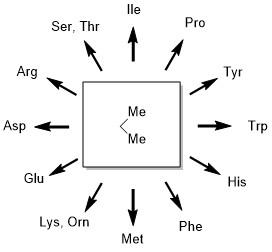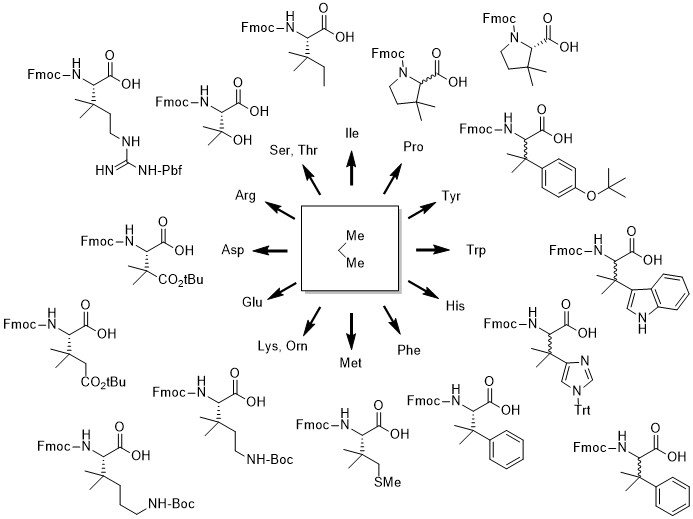Welcome to Iris Biotech
For better service please confirm your country and language we detected.

For better service please confirm your country and language we detected.

Thank you very much for your interest in our products. All prices listed on our website are ex-works, Germany, and may attract customs duties when imported.
You may/will be contacted by the shipping company for additional documentation that may be required by the US Customs for clearance.
We offer you the convenience of buying through a local partner, Peptide Solutions LLC who can import the shipment as well as prepay the customs duties and brokerage on your behalf and provide the convenience of a domestic sale.
Continue to Iris Biotech GmbHSend request to US distributorPublished on 27.03.2018

Recent commercial successes, e.g. of GLP-1 analogues such as Liraglutide and Semaglutide, encouraged the development of peptides as therapeutic agents and large-scale synthesis of peptide APIs. However, their inherent susceptibility to proteolytic degradation resulting in rapid elimination in vivo has significantly impeded their broader use.
One way to improve proteolytic stability is the incorporation of beta,beta-dimethylated amino acids into peptide sequences at the P1‘ position (i.e. C-terminal of the enzyme cleavage site).

Possible variants of beta,beta-dimethyl amino acids.
This type of modification renders peptides highly resistant to serine protease degradation, which is often possible without significant alteration of their biological activity. This includes stability towards:
→ dipeptidyl peptidase IV (DPP IV)
→ dipeptidyl peptidase 8 (DPP8)
→ fibroblast activation protein α (FAPα)
→ α-lytic protease (αLP)
→ trypsin
→ chymotrypsin
P1′-Modification represents a versatile, simple and highly adaptable method for generating enzymatically stable peptides, which has already been demonstrated and published with glucagon-like peptide-1 (7–36) amide (GLP-1) and other examples.

Coloured amino acid residues indicate sites for P1′-Modification in human Glucagon - Like Peptide 1 GLP - 1 (7 - 36) amide; the respective cleavage sites for DPP IV (yellow), Chymotrypsin (blue), and Trypsin (green) are indicated by arrows.
GLP-1 analogues suffer degradation by proteases like DPP IV, Chymotrypsin, and Trypsin. Hence, their stability can be increased by replacing the marked amino acids with their beta,beta-dimethylated analogues.